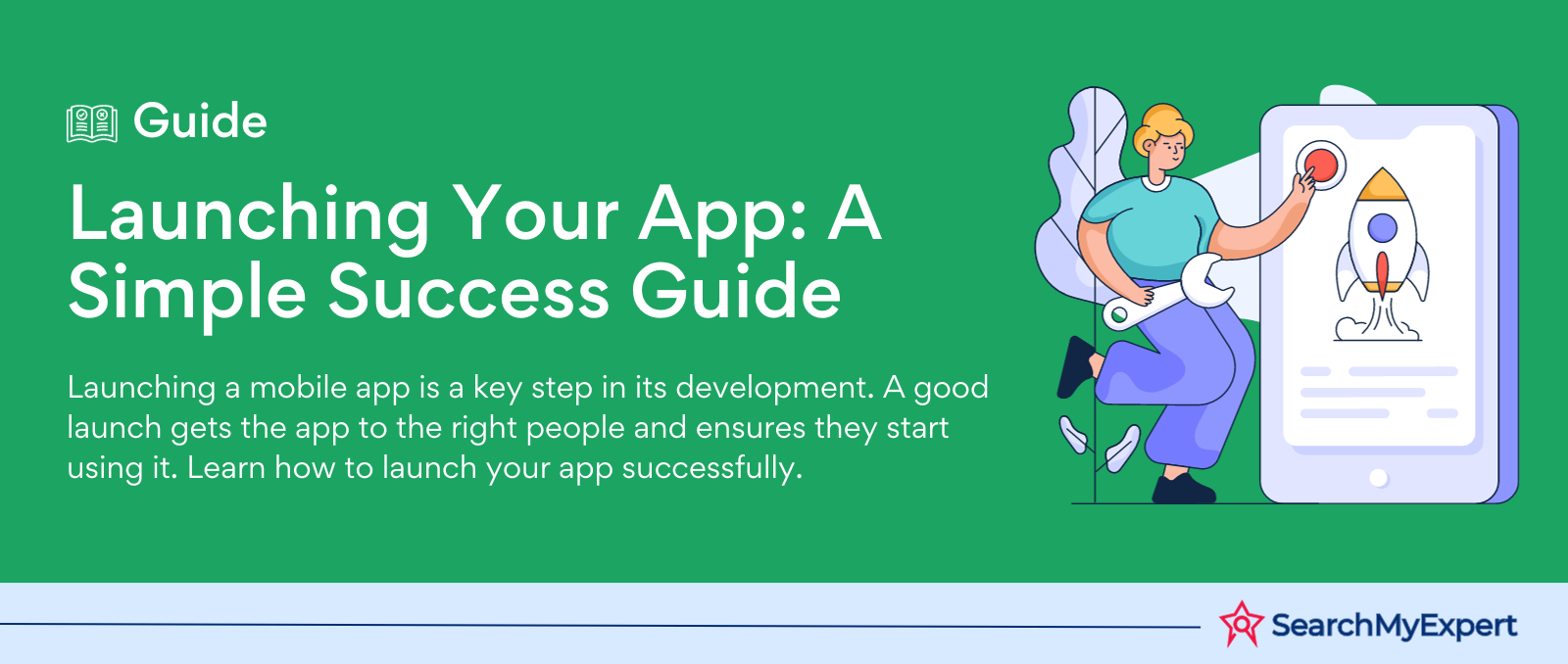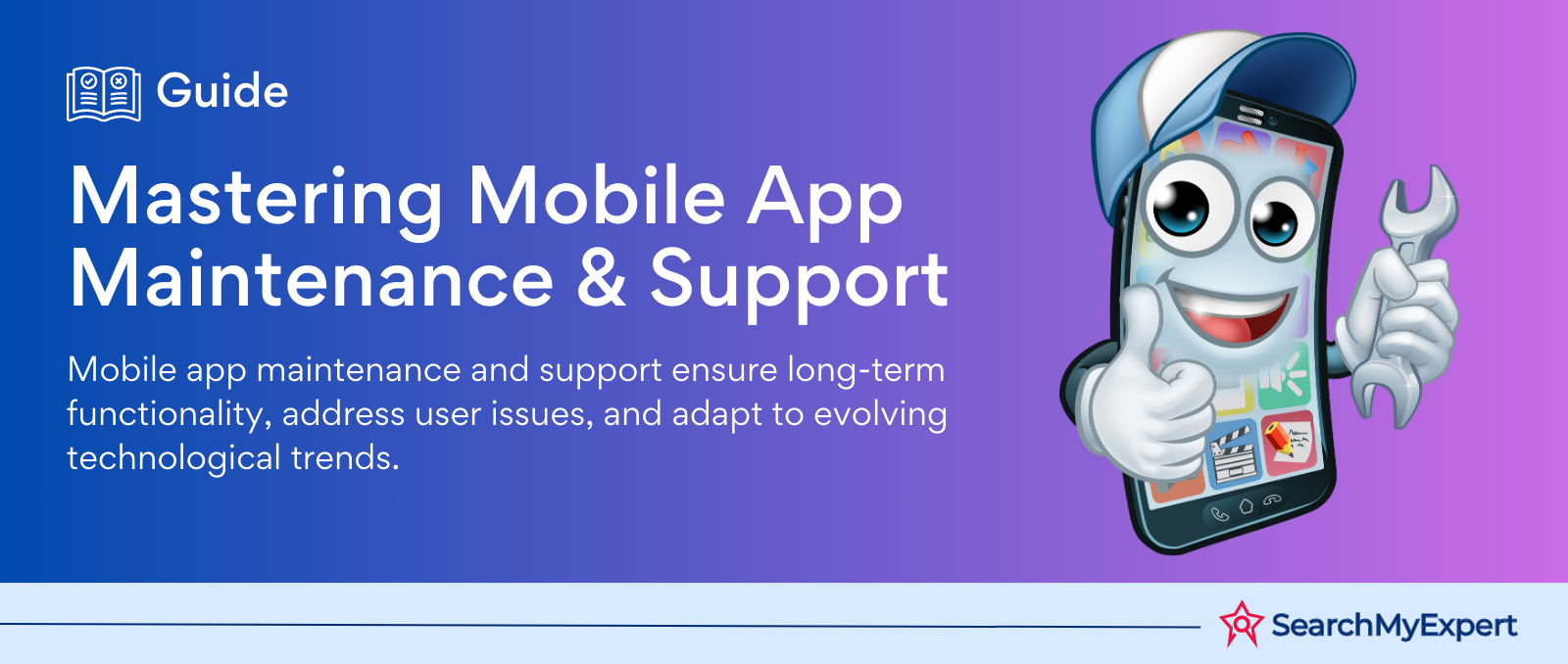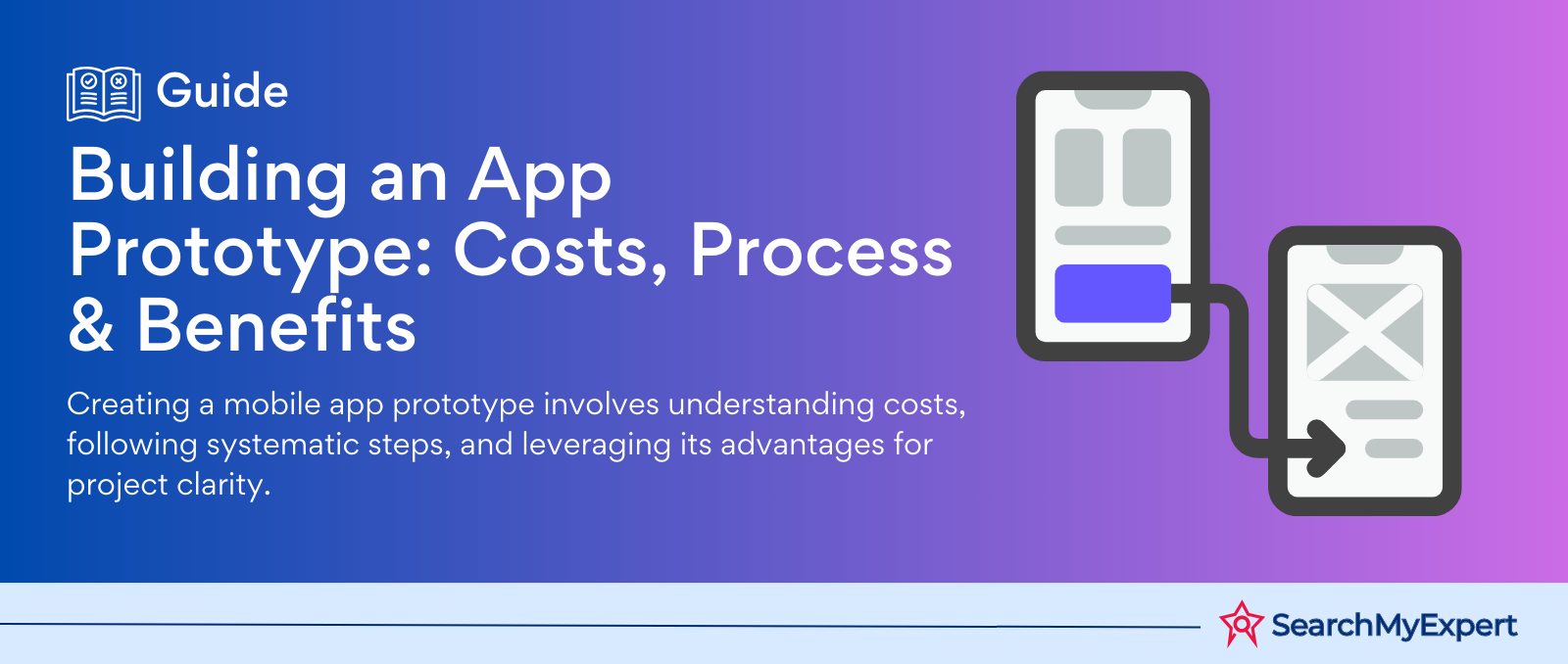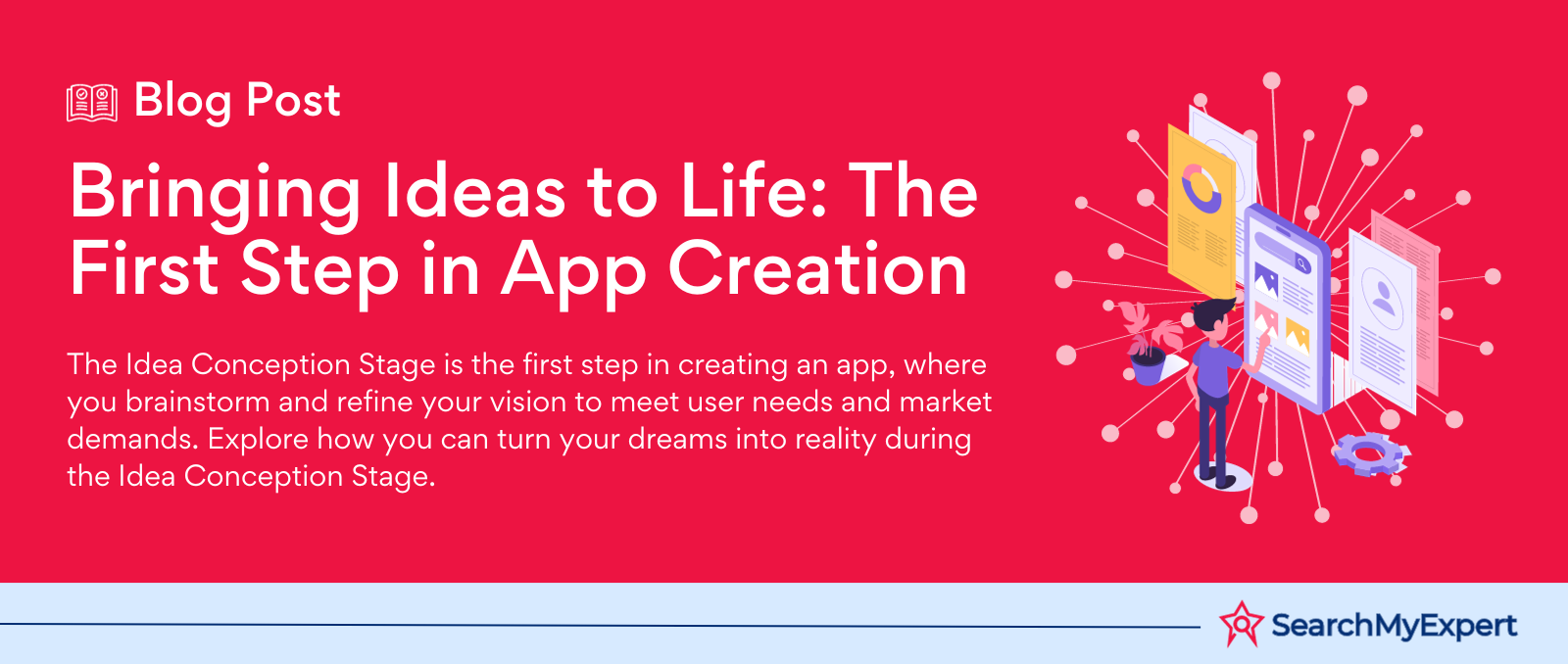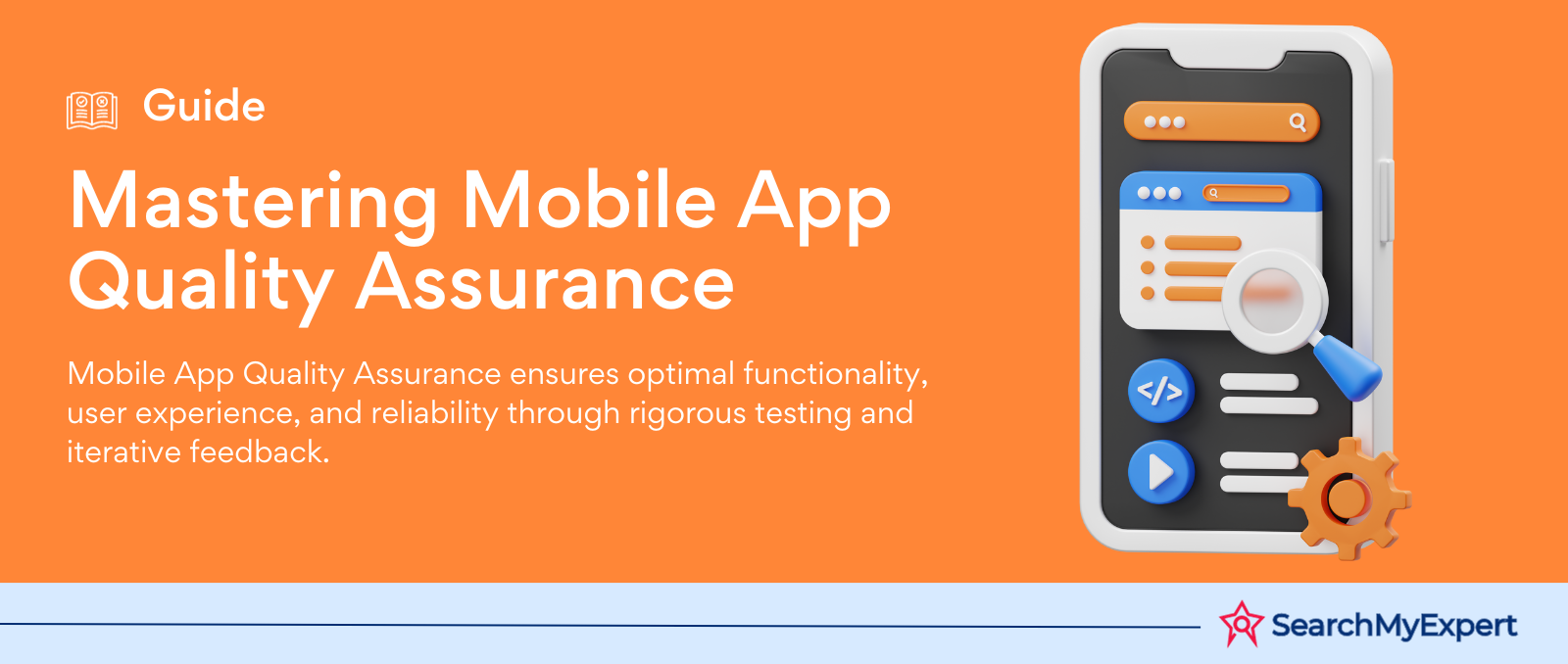Hey there, awesome visitor! 👋 Our website is currently undergoing some nifty upgrades to serve you even better. But don't worry, we'll be back before you can say "SearchMyExpert rocks!"
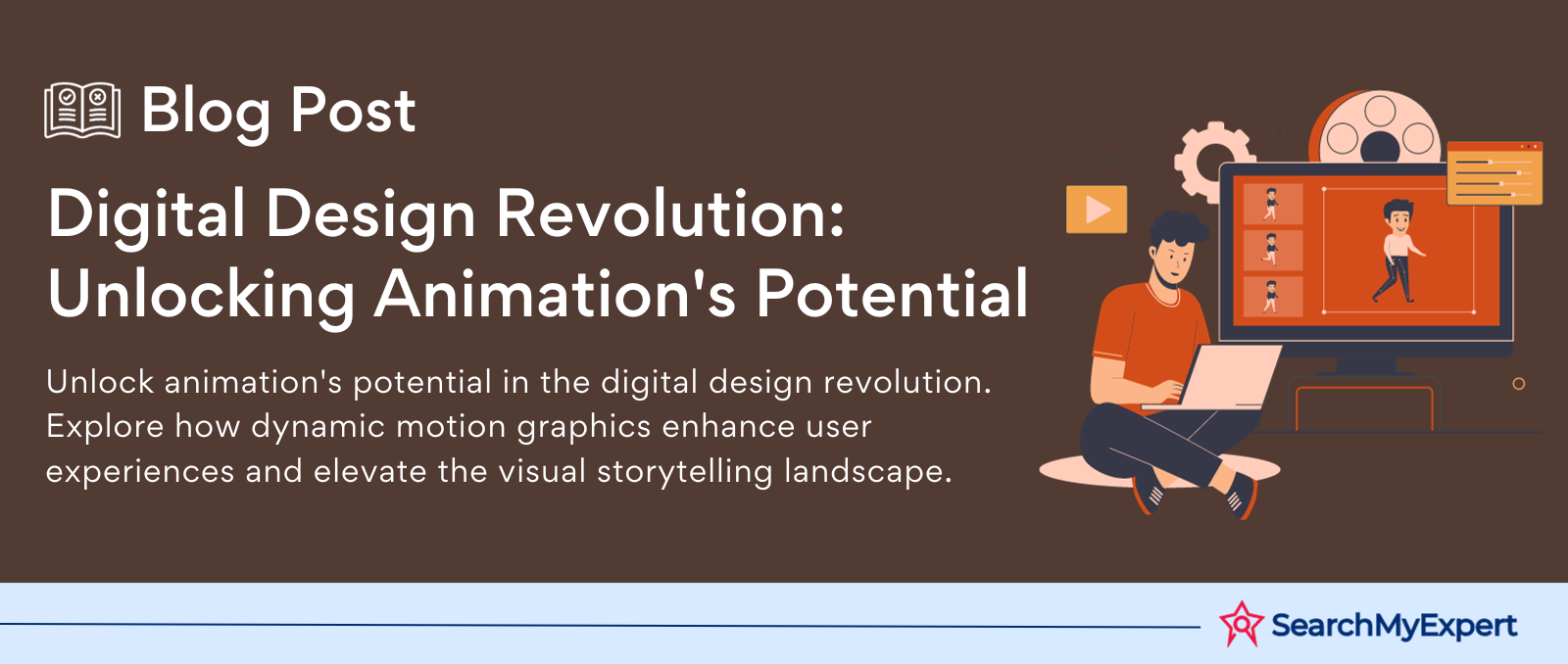
The Power of Movement: Animation in Digital Design
Imagine websites that dance, interfaces that breathe, and brands that come alive. This isn't just a fanciful dream—it's the reality of today's digital world, thanks to the transformative power of animation. In a landscape where static images and text once reigned supreme, animation has emerged as a game-changer, infusing life and dynamism into digital design.
Understanding the Role of Animation in Digital Spaces
At its core, animation in digital design isn't just about making things move. It's an art and a science, bringing together aesthetics and functionality to enhance user experience. As we increasingly inhabit digital spaces—be it through social media, e-commerce, or interactive platforms—animation serves as a bridge connecting users with technology in an engaging and intuitive way.
The Central Thesis: Animation as a Digital Design Transformer
The central argument of this discussion revolves around a simple yet profound idea: Animation is not merely an embellishment but a fundamental aspect that enhances and transforms the landscape of digital design. By integrating motion and interaction, animation elevates user experience, communication, and brand identity in the digital realm.
Impact on User Experience (UX)
Enhancing Engagement through Animation
The Captivating Power of Motion
Animation has the unique ability to capture and maintain user attention in the digital realm. By incorporating movement, digital products become more than just static pages—they turn into immersive experiences. Imagine an app where elements subtly bounce or fade in, creating a lively and engaging environment. This dynamic aspect of animation keeps users not only captivated but also eager to explore further.
Interactive Elements: Beyond Aesthetic Appeal
Interactive animations go a step beyond aesthetic appeal, encouraging users to interact with the digital product. Consider a website where hovering over a menu item triggers an animated response. This interaction isn't just visually pleasing; it creates a sense of feedback and engagement, making users feel more connected to the digital experience.
Animation: Adding Depth to Digital Storytelling
Emotional Resonance through Motion
One of the most powerful aspects of animation in digital design is its ability to add emotional depth to storytelling. An animated character displaying subtle emotions or a background that shifts in response to a storyline can significantly enhance the user's emotional connection to the content. Animation breathes life into stories, making them more relatable and impactful.
Narrative Layers in User Experience
By integrating animation into the user experience, designers can create narrative layers that unfold as the user interacts with the product. This can be as simple as a progressing storyline in a game or as complex as an animated infographic that reveals information progressively. Such storytelling techniques make the digital experience more engaging and memorable.
Guiding User Flow with Intuitive Animation
Simplifying Complex Interactions
One of the critical challenges in digital design is simplifying complex interactions. Animation plays a pivotal role in achieving this by providing visual cues that guide users through the process. For example, a loading animation can indicate that more content is on the way, while transitional animations can signify a shift from one section of an app to another.
Intuitive Direction and Feedback
Animations can also provide intuitive direction and immediate feedback. A swipe gesture leading to a smooth transition in a mobile app, or a button that animates upon clicking, helps users understand the result of their actions instantly. This not only enhances usability but also makes the digital experience more intuitive and user-friendly.
Boosting Brand Communication
Building Memorable Brand Identities with Animation
Crafting Dynamic Brand Personalities
Animation offers a unique avenue for brands to express their personalities in a dynamic and memorable way. By incorporating animated logos, mascots, or brand elements, companies can create a distinctive identity that resonates with their audience. For instance, an animated logo that morphs or unfolds can convey innovation and creativity, leaving a lasting impression on the viewer.
Consistency Across Platforms
In the digital age, where brands must maintain a presence across various platforms, animation ensures consistency in brand identity. Whether it's a subtle animation on a website or an engaging video on social media, these elements help in creating a cohesive brand image that is easily recognizable and memorable.
Fostering Emotional Connections through Animation
Animating Emotions and Values
Animation has the power to evoke emotions and convey values that are core to a brand. An animated story that aligns with a brand's values can create a deep emotional connection with the audience. For example, an animation that illustrates a brand's commitment to sustainability can resonate with environmentally conscious consumers, strengthening their emotional attachment to the brand.
Engaging Audiences on a Deeper Level
Beyond just conveying messages, animation can engage audiences on a more profound level. Animated narratives or characters that users can relate to create a sense of belonging and affinity towards the brand. This emotional engagement is a key factor in building long-term brand loyalty.
Differentiating Brands in the Digital Landscape with Animation
Standing Out in a Crowded Market
In a digital world crowded with brands vying for attention, animation provides a way to stand out. Unique animated experiences - be it through interactive web design, social media content, or digital ads - can differentiate a brand from its competitors. This distinctiveness is crucial for capturing user attention and making a lasting impression.
Showcasing Products in a New Light
Animation also allows brands to showcase their products in innovative ways. For example, a 3D animation can demonstrate a product's features and functionalities in a much more engaging and understandable manner than static images. This not only helps in differentiating the product but also aids in communicating its value proposition effectively.
Expanding Design Possibilities
Breaking the Static Barrier: The Dynamic Shift in Digital Design
Injecting Life into Digital Elements
Traditionally, digital design was dominated by static elements – still images and text. Animation breaks this static barrier, injecting life and dynamism into these elements. When a static icon turns into a fluid, animated figure, or when a background subtly shifts in response to user interaction, it transforms the entire experience. This dynamic shift not only catches the eye but also makes the digital space more vibrant and alive.
Evolving Visual Narratives
The use of animation allows for evolving visual narratives that adapt and respond to user interactions. This dynamic storytelling can turn a simple webpage into an immersive journey, keeping the user engaged and interested. It's a leap from viewing to experiencing, where each click or scroll can unfold new visual chapters.
Microinteractions and Delight: Elevating User Satisfaction
The Magic of Subtle Animations
Subtle animations, often referred to as micro-interactions, play a significant role in enhancing user satisfaction. These small, almost unnoticed animations can make a significant difference in the user experience. For instance, a button that animates upon being clicked provides instant feedback to the user, making the interaction more satisfying.
Creating Moments of Delight
These micro-interactions also create moments of delight. Imagine a loading animation that entertains rather than frustrates, or a playful animation that appears when a task is completed. These small details can transform mundane tasks into enjoyable experiences, enhancing overall user satisfaction.
Enhancing Accessibility and Inclusivity with Animation
Making Digital Experiences More Accessible
Animation can play a key role in making digital experiences more accessible. For users with certain cognitive disabilities, animations can simplify complex information, making it easier to understand. Visual cues through animation can guide users through a digital interface, aiding in navigation and comprehension.
Catering to Diverse Audiences
Animation also allows for more inclusive digital experiences. By using diverse animated characters and scenarios, digital platforms can represent and engage a broader audience. Animated explanations or stories can be used to communicate across language barriers, making content universally understandable.
Choosing the Right Animation Techniques
Understanding Design Goals: Aligning Animation with Objectives
Tailoring Animation to Achieve Specific Aims
The choice of animation style and technique should be directly influenced by the design objectives of a project. Whether the goal is to inform, entertain, or engage, the animation must be crafted to meet these aims effectively. For instance, an educational platform might benefit from clear, concise animations that illustrate complex concepts, while an entertainment app might use more vibrant, eye-catching animations to captivate users.
Reflecting on Brand Voice and Values
Animation should also reflect a brand's voice and values. A luxury brand might opt for sleek, sophisticated animations, while a children's app might use bright, playful animations. Aligning the animation style with the brand ensures consistency across the user experience, reinforcing brand identity.
Matching Animation Styles with Target Audiences
Understanding User Demographics and Preferences
Different user demographics often have varying preferences and expectations when it comes to animation. Younger audiences might be more receptive to fast-paced, energetic animations, while older users might prefer slower, more subtle movements. Understanding these preferences is crucial in creating animations that resonate with the target audience.
Cultural Considerations in Animation
It's also important to consider cultural factors when designing animations. Different cultures may interpret visual cues and symbols in distinct ways. Animations that are mindful of these cultural nuances can create a more inclusive and universally appealing user experience.
Technical Considerations in Animation Design
Optimizing Performance and Load Times
Animations, while aesthetically pleasing, can have implications on website or app performance. It's essential to optimize animations to ensure they don't slow down load times or hinder the user experience. This involves choosing the right file formats and keeping animations lightweight.
Balancing Quality and File Size
The challenge often lies in balancing high-quality animations with manageable file sizes. Animations with too high a resolution can lead to longer load times, particularly on mobile devices. Designers must find a sweet spot where animations are visually appealing without being overly large in file size. This might involve using vector animations instead of GIFs or optimizing video animations to reduce their impact on performance.
Case Studies and Examples
Showcasing Successful Designs: Real-World Examples of Animation in Digital Design
Animation has revolutionized digital design, creating captivating experiences that engage users and enhance brand communication. Let's explore some real-world examples where animation has significantly elevated digital design experiences.
- DeModern: This website showcases elegance and creativity with dynamic animations. The homepage features eye-catching video clips and uses parallax scrolling for a vivid experience. The animations include vivid transitions between page shifts and engaging loading animations.
- Twinbru: This site mesmerizes users with a stunning array of colors and exquisite graphics. It uses SVG line drawing as a loading animation and offers a medley of responsive elements like cursor animation and 3D graphics that move with the mouse. The hamburger menu slides over the entire page, adding to the interactive experience.
- K24Moscow: A website for modern architecture, it uses fluid and dynamic scroll-sensitive animations. The seamless shifting and overlapping of red, white, and black sections, along with a unique typeface, create an exhilarating website experience.
- Species in Pieces: This site introduces gamification into scroll-activated animations with origami-looking graphics that transition into new species as you scroll. The creative use of unique icons for navigation transforms the screen into a new page with each click.
- Mamoria Basetis: Breaking the mold with animated illustrations, this website guides users through a city vista, providing an interactive introduction to the company. The responsive elements are modern and inviting, offering a unique scrolling experience.
- KKL Luzern: This site allows users to embark on a virtual tour to pick the perfect spot for their event. It features an architectural vibe with meticulous attention to detail, scroll-triggered slides in windows, and responsive 3D images.
- Red Panda: The website begins with a game-like custom-loading animation. It features scroll-activated screen reveals, fade-in text, and lively pop-up images that hover and fly across the screen, telling a story as you scroll.
Analyzing Impact: Measurable Results and Positive Outcomes
The impact of animation in digital design is not just aesthetic but also measurable in terms of user engagement and brand communication.
- Enhanced User Engagement: Visual animations can effectively capture an audience's attention, especially important in an era where the average attention span is as low as eight seconds. Animated presentations with minimal text are more effective than traditional, text-heavy slides.
- Social Media Engagement: Animated visuals are trendy on social media and can drive more user engagement, garner wider brand visibility, and improve metrics organically. They provide a collaborative platform where individuals can interact with the brand's content.
- Increased Conversion Rates: Animated explainer videos, appealing to even the laziest of buyers, can significantly boost conversion rates. They present products in an engaging manner that encourages quick decision-making.
- Improved Brand Awareness and Search Engine Rankings: Animated visuals enhance information retention, thereby improving brand recall. Additionally, animated videos can boost a brand’s search engine rankings, driving both new and returning customers to its webpage.
Inspiration and Trends: Innovative Uses of Animation
The aforementioned examples and their impacts illustrate how animation is not just a design element but a powerful tool for storytelling, user engagement, and brand differentiation. These innovative uses of animation set a trend in digital design, inspiring designers and brands to think beyond traditional static elements and explore the boundless possibilities animation offers.
Embracing the Future: The Transformative Role of Animation in Digital Design
As we've explored throughout this article, animation is not just an embellishment in digital design but a fundamental transformative force. From enhancing user experience and storytelling to boosting brand communication and breaking the static barrier, animation breathes life into digital creations.
The Future of Animation in Digital Design
Looking ahead, the potential of animation in digital design is boundless. With evolving technology and creative innovations, animation is set to become even more immersive and interactive, offering unprecedented ways to engage and captivate audiences.
A Call to Action for Creators
For designers, marketers, and creators, embracing the power of animation is crucial. It's an opportunity to elevate digital experiences, making them more dynamic, memorable, and effective. Whether you're designing a website, creating a marketing campaign, or developing a digital product, consider the vast possibilities that animation offers. Let's step into the future of digital design with animation as our guiding force!
Conclusion:
Animation stands as a pivotal force in shaping the future of digital design. Its role in enhancing user engagement, storytelling, and brand communication is undeniable. As technology evolves, so too will the capabilities and applications of animation, offering new, exciting ways to captivate and engage digital audiences. For anyone involved in digital creation, embracing animation is not just an option, but a necessity to stay ahead in the ever-evolving digital landscape.
Elevate your digital branding with Digital Design Companies.
Other Related Blogs
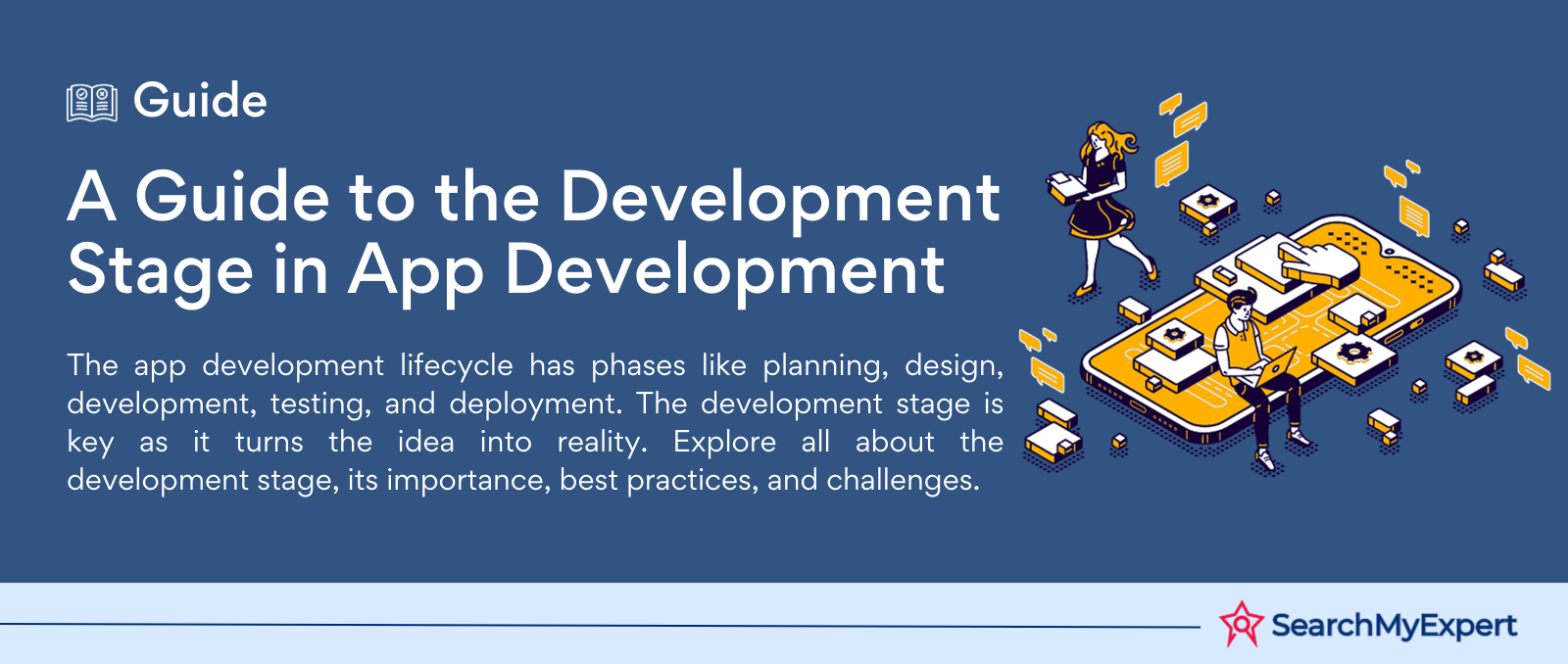

Mastering Docker for App Development: A Comprehensive Guide to Benefits, Use-Cases, and Alternatives
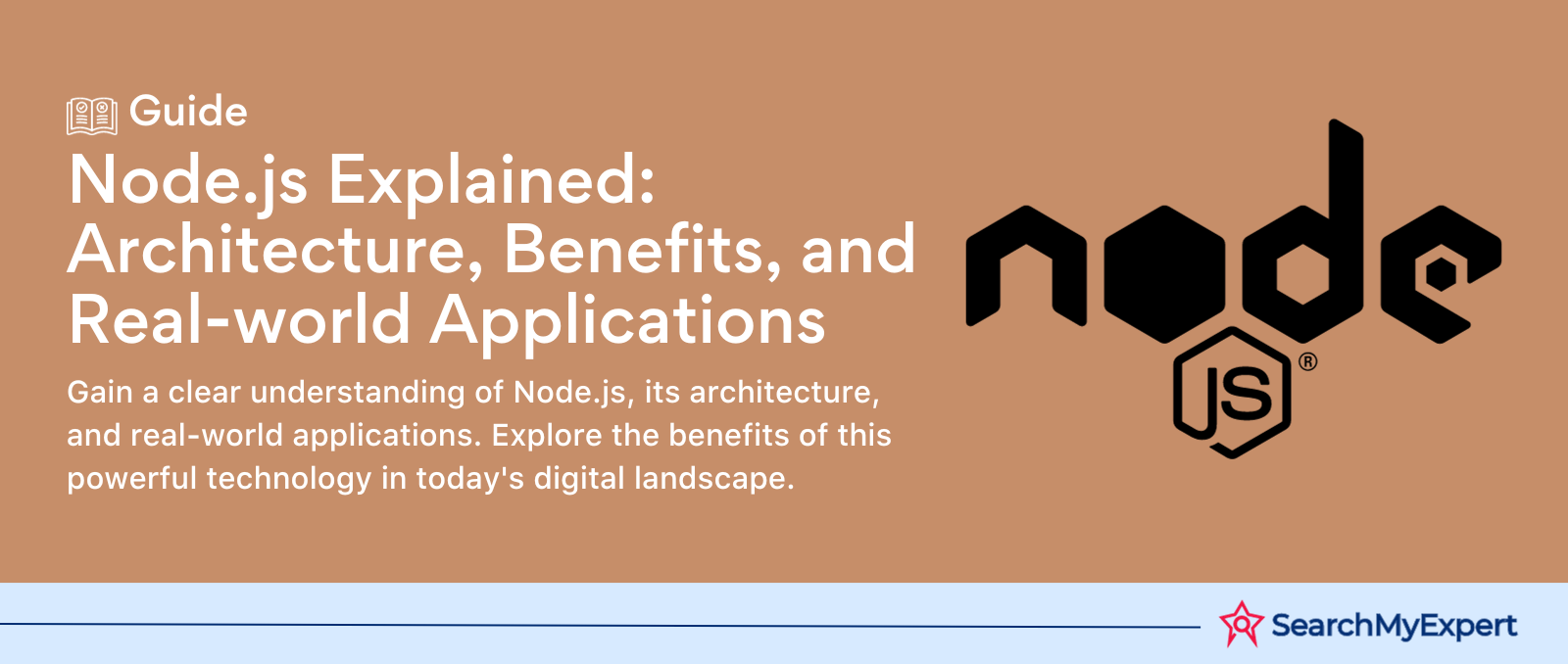
STAY UP TO DATE
GET PATH'S LATEST
Receive bi-weekly updates from the SME, and get a heads up on upcoming events.
Contact Us
We will get back to you as soon as possible.
Please try again later.


Find The Right Agencies
SearchMyExpert is a B2B Marketplace for finding agencies. We help you to describe your needs, meet verified agencies, and hire the best one.
Get In Touch
WZ-113, 1st Floor, Opp. Metro Pillar No- 483, Subhash Nagar - New Delhi 110018
About Us
For Agencies
Benefits Of Listing With Us
Submit An Agency
Agency Selection Criteria
Sponsorship
For Businesses
Agencies Categories
Trends Articles
FAQs
Find The Right Agencies
SearchMyExpert is a B2B Marketplace for finding agencies. We help you to describe your needs, meet verified agencies, and hire the best one.
About Us
For Agencies
List Your Agency
Benefits Of Listing
Agency Selection Criteria
Sponsorship
Get In Touch
WZ-113, 1st Floor, Opp. Metro Pillar No- 483, Subhash Nagar - New Delhi 110018
contact@searchmyexpert.com
Copyright © 2023 · Skillpod Private Limited · All Rights Reserved - Terms of Use - Privacy Policy


